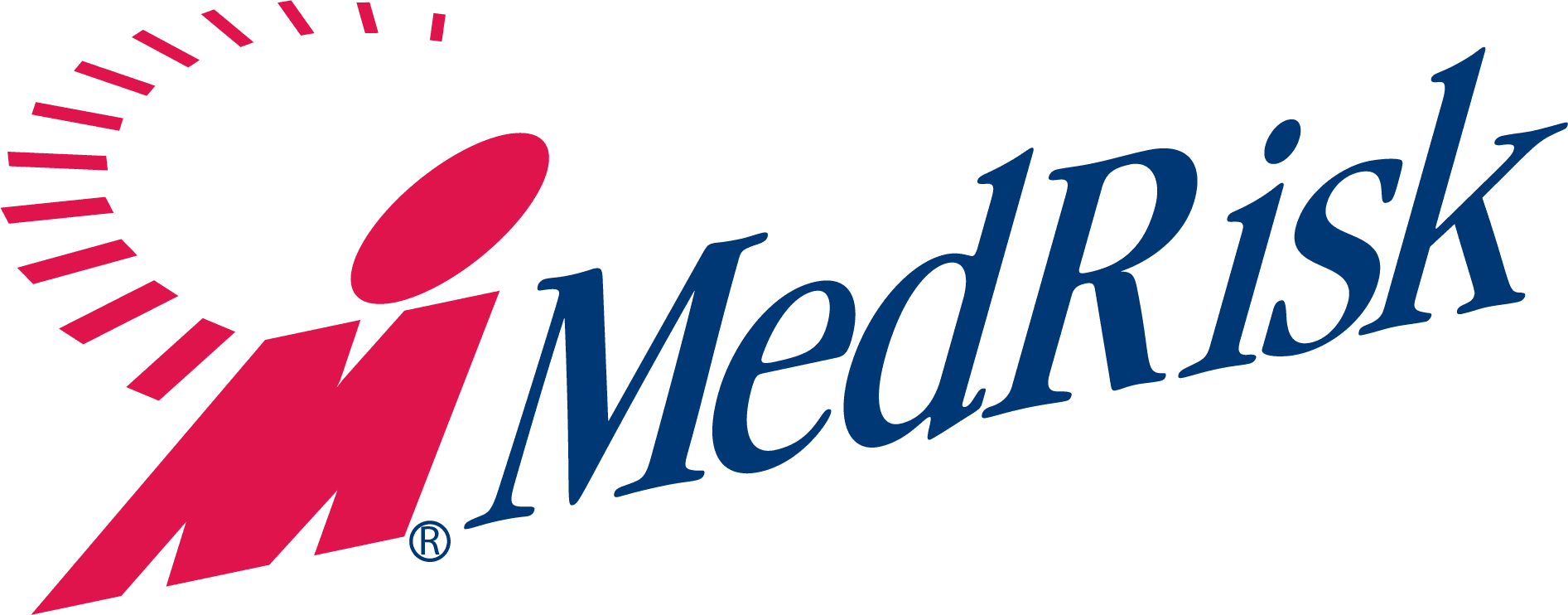INDUSTRY TRENDS REPORT
2017
OUTLOOK
Physical Medicine and Workers’ Comp
As the leading provider of managed physical medicine for the workers’ compensation industry, MedRisk has always been dedicated to understanding and advancing industry best practices. Our commitment to delivering better return-to-work success for patients, providers and employers requires MedRisk to stay responsive to treatment and technology trends. We’ve compiled some of the more meaningful changes we’ve seen in the wider community over the last year, as well as the changes MedRisk has made in response to where we see managed physical medicine for workers’ comp going next.
MedRisk by the Numbers
116,937
TOTAL NETWORK PROVIDERS
100 %
U.S. BASED SERVICE MODEL
AVERAGE OF 4 HOURS TO SCHEDULING
2.6 DAYS TO INITIAL EVALUATION
490,282
INJURED WORKERS TREATED IN 2017
98.1 %
PATIENT SATISFACTION
The 5-Year Shift in Managed Physical Medicine
Conservative Care
%
MedRisk has seen a significant reduction in post-surgical cases for low back pain—a trend that is in line with the rise of a conservative care-first approach to improve outcomes and reduce costs.
Opioid Epidemic
%
Opioid misuse has ballooned to epidemic proportions since 2013. PT is now recommended by the CDC as the preferred first treatment for chronic pain and an effective alternative to opioids in many cases.
Patient Education
%
Research over the last five years has validated the importance of patient education in driving positive outcomes, efficient return to work and cost savings. PT sessions often play an essential educational role.
Research & Insights
Legislative Recap
MedRisk gathers the latest legislative and regulatory developments and challenges each quarter. Here is a full summary of significant movements in 2017 and the implications for 2018.
CA Institutes Timely Bill Submission Requirements
For services after January 1, 2017, the new statute time-bars provider bills that aren’t received within 12 months of the date of service or hospital discharge.
California did not have a timely bill law previously; establishing this puts payers’ internal payment policies and contractual agreements with providers and networks into question. The DWC is authorized to adopt rules and implement the 12-month limit, including reasonable exceptions.
Virginia Changes FS Starting January 2018
Virginia’s customized fee schedule will go into effect January 1, 2018, replacing a system based solely on provider charges. One of the principal legislative goals in creating the fee schedule is to reduce the volume of provider fee disputes. The fee schedule uses six geographic “medical communities” and seven provider groups. Physical and occupational therapy are included within the “Providers of Outpatient Services” group along with chiropractic, dental, acupuncture and ambulance services.
According to the ground rules governing the establishment of the fee schedules, “fee schedules were designed to achieve revenue neutrality within each provider group and medical community combination.”
A preliminary review completed by MedRisk, however, suggests that for some prominent PT services within major metropolitan areas, the regulatory “maximum fee” will be appreciably lower than pre-fee schedule payments.
Texas Gains Greater Control Over Work-hardening and Work-conditioning Programs
Texas enacted legislation to give the Division of Workers’ Compensation (DWC) greater control over work-hardening and work-conditioning programs.
The Senate Bill 1494 removes automatic exemption from pre-authorization and concurrent review which CARF-credentialed facilities previously enjoyed. Effective September 1, 2017, the amendment permits the DWC to reinstate exemptions for certified facilities if the agency determines exemptions are appropriate.
These programs were targeted by the DWC as potential sources of fraud and abuse, so the removal of the exemption gives the DWC regulatory discretion to set standards to control costs and prevent excessive or unnecessary treatments.
MD Establishes One-year Bill Submission Period for Providers
Legislature was recently established that created a one-year bill submission period for MD providers, where there previously wasn’t one.
Starting October 1, 2017, the date will be extended to 12 months from what used to be a date of service, the acceptance of the claim by the payer or the determination of compensability by the Commission. The period can be extended to three years if the WC Commission finds there is good cause for the delay.
Massachusetts Changes Regulations for UR
The Department of Industrial Accidents has revised the regulation governing WC Utilization Review, which affects them by:
- removing the requirement for UR agents to submit applications to OHP for each site where MA UR is conducted,
- requiring determination letters specify recommendations included in the guideline and
- updating the timeframe for retro appeals to 20 business days.
The DIA’s Office of Health Policy heavily regulates these detailed and unique requirements. As such, payers should review the revised version of 452 CMR 6.00.
Colorado Adopts New Regulations for Telemedicine
Colorado’s Division of Workers’ Compensation (DWC) adopted regulations defining acceptable standards for telemedicine. The DWC Utilization Standards now require the use of audio and video equipment during telemedicine sessions for the provider to diagnose and evaluate more effectively. Using these tools, therapists are expected to alter the treatment plan, medications and any specialized therapies.
Colorado DWC is shifting its focus to telemedicine that puts a unique emphasis on worker rehabilitation and return-to-functionality. The creation of these regulations shapes the emergence of telemedicine as an effective and efficient claims management system.
AZ Moves to RBRVS for Medical Payments
The Industrial Commission of Arizona adopted a new fee schedule based on Medicare’s Resource-based Relative Value Scale that applies for services rendered on or after October 1, 2017. Not included in the final rule is an earlier staff recommendation that would require networks to pay participating providers participating at 90% of either the fee schedule rate or of the full amount of any negotiated discount rate payable to the network.
Pennsylvania Suspends Independent Rating Evaluations
The Pennsylvania Bureau of Workers’ Compensation responded to a PA Supreme Court decision invalidating the AMA Guides to the Evaluation of Permanent Impairment as a standard for disability ratings by suspending all independent rating evaluations.
Prior Trends Reports
2023
2022
2021
2019
2018
2017



